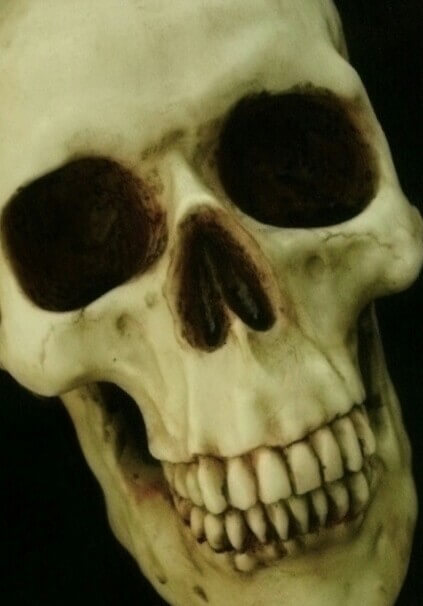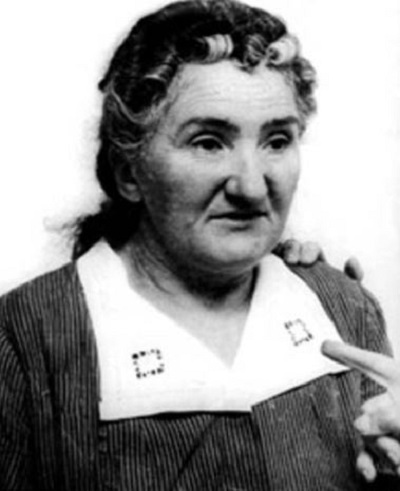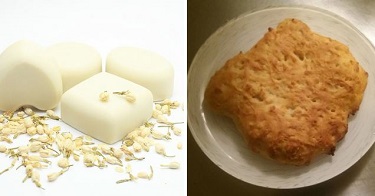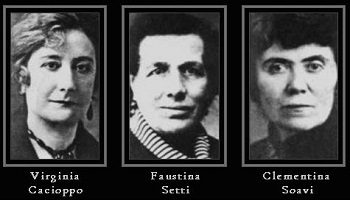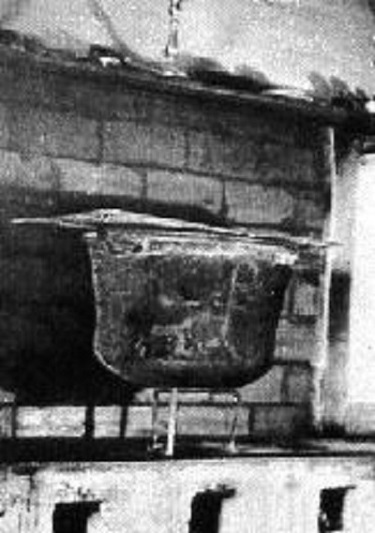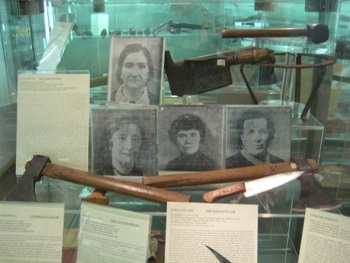Italian serial killer Leonarda Cianciulli (April 14, 1894 – October 15, 1970) murdered three middle-aged women between 1939 and 1940. She turned her victims’ bodies into soap and teacakes. This monster became known as the “Soap-Maker of Correggio.”
Warning: The following content may be extremely disturbing to some viewers.
This post was updated on May 23, 2021.
The Early Years
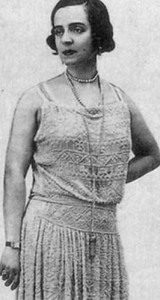
In 1914, she married Raffaele Pansardia, who was a registry office clerk. Sadly, her parents did not approve as their plans were to marry Cianciulli to another man. This is when she claimed that her mother cursed the couple. In 1921, they moved to Lauria, Potenza (Pansardi’s native town).
In 1927, Cianciulli was sentenced for fraud and spent some time in prison. After she was released, she moved to a new home with her husband in Lacedonia, Avellino. It didn’t take long for more trouble to come her way.
In 1930, the couple lost their home due to an earthquake. The destruction forced them to move to another home in Correggio, Reggio Emilia. Cianciulli decided to start her own fortune teller business. The business made her loved and trusted in her neighborhood. She was recognized as a kind and gentle woman, as well as a great mother.
The Devastating Loss Of 13 Children
Cianciulli had a total of seventeen pregnancies in her lifetime. Unfortunately, she lost three due to miscarriage. Ten more of her children survived past birth, but died at young ages. Understandably, due to the loss of her children, she became very protective of the remaining four survivors.
The Superstitious Cianciulli
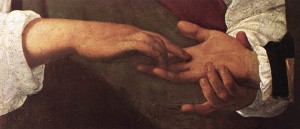
The Murders & Victims
Details of the brutal murders are based on information from Cianciulli’s official statement.
In 1939, Cianciulli received some bad news. She was informed that her eldest and favorite child Giuseppe was forced to join the Italian army to fight in World War II. Since Cianciulli had already lost many children, she wasn’t about to lose her favorite. She wanted to protect him from harm. Therefore, she decided that in order for him to be safe, human sacrifices were required.
All three of Cianciulli’s victims were middle-aged women who were her neighbors. Being a superstitious woman, some sources say that Cianciulli would not only visit fortune tellers, but was also one herself. Her victims would often come and visit her for some insight.
Victim #1: Faustina Setti
Cianciulli’s first victim was Faustina Setti. She was a single woman who visited her for help in finding a husband. Cianciulli claimed that she could find her future husband in Pola. She told Setti to go there and meet him, but to not to tell anyone about it.
On the day Setti was supposed to leave for Pola, she came to see Cianciulli one last time. What she didn’t realize is that Cianciulli had no intentions of helping anyone. Her plan was to kill Setti in cold blood.
In order to fool her friends and relatives into believing that everything was fine, Cianciulli talked Setti into writing letters and postcards, which were to be mailed when she reached Pola.
Cianciulli gave Setti a glass of drugged wine. Then, she used an axe to kill her. She dragged her lifeless body into a closet and wasn’t even finished with her twisted plan. Cianciulli then dismembered Setti’s body and cut it into 9 parts. The blood was gathered into a basin.
What Cianciulli Did To Her Victims’ Bodies
Pieces Of Setti’s Body
When it came to Setti’s body parts, Cianciulli had a sick and very elaborate plan. She first threw pieces of her body into a pot. Then, she added seven kilos of caustic soda (which she bought to make some soap). Cianciulli then stirred the whole mixture until the pieces dissolved in a thick, dark mush that she poured into several buckets. The mush was emptied into a nearby septic tank.
Setti’s Blood
Shortly after the murder, the blood was gathered into a basin. After it had coagulated, she placed it in the oven to dry. Then, she ground it and mixed it with flour, sugar, chocolate, milk and eggs. She even added some margarine. After kneading all the ingredients together, she claimed to have made lots of crunchy tea cakes. Cianciulli, her son Giuseppe, and even her visitors ate them.
According to some sources, not only did Cianciulli take Setti’s life, but she also gained lots of money for her fortune telling services. She was believed to have received her entire life savings, which was 30,000 lire (the former currency of Italy).
Victim #2: Francesca Soavi
Cianciulli was ready to take the life of another woman. In search for a job, Francesca Soavi came to her for help. Cianciulli claimed to have found a job for her at a school for girls in Piacenza. Just like her first victim, Soavi also came to visit Cianciulli before her departure. On September 5, 1940, she murdered her the same way she killed Setti. She first poisoned her, and then killed her with an axe. Cianciulli did the same thing with Soavi’s body as she did with her first victim.
Cianciulli made some money for her services. Sources say she earned as much as 3,000 lire from Soavi.
Victim #3: Virginia Cacioppo
Cianciulli’s third and final victim was Virginia Cacioppo. She was a soprano who was looking for some work. Once again, Cianciulli made up a lie and told her that she found her work as the secretary for a mysterious impresario located in Florence. Of course, like her previous victims, Cacioppo was also told not to tell anyone where she was going. On September 30, 1940, Cacioppo came to visit Cianciulli. The murder took place using the same process as the first two.
According to Cianciulli, when Cacioppo’s flesh had melted, she added a bottle of cologne in the pot. She then made some creamy soap and gave bars to her neighbors and acquaintances. What is even more sick is that Cianciulli claimed that the cakes made from Cacioppo’s body were way better than her first two victims because this particular woman was supposedly really sweet.
Like her first two victims, Cianciulli made money for her services. She reportedly made 50,000 lire and received assorted jewels from Cacioppo.
The Trial
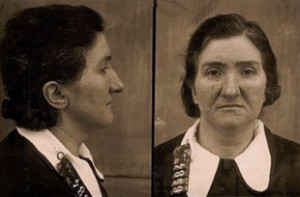
Soon after an investigation was opened, Cianciulli was arrested. It wasn’t difficult for investigators to obtain crucial information to help solve the case. Cianciulli took full responsibility, and confessed to all three murders. She even went into detail of how her victims were murdered.
In 1946, Cianciulli was tried for murder and was found guilty of all her crimes. Interestingly, she was only sentenced to 30 years in prison, and an additional 3 years in a criminal asylum. Though authorities believed that Cianciulli’s son Giuseppe was involved in the murders, he was never convicted.
On October 15, 1970, Cianciulli died of cerebral apoplexy at the women’s criminal asylum located in Pozzuoli.
There are a number of artifacts from this particular homicide case (such as the pot where Cianciulli’s victims were boiled) currently displayed at the Criminological Museum in Rome.
Do you think Leonarda Cianciulli really believed that human sacrifices were required to keep her son alive, or was it just an evil plan to commit murder and escape the serious consequences of a conviction?
